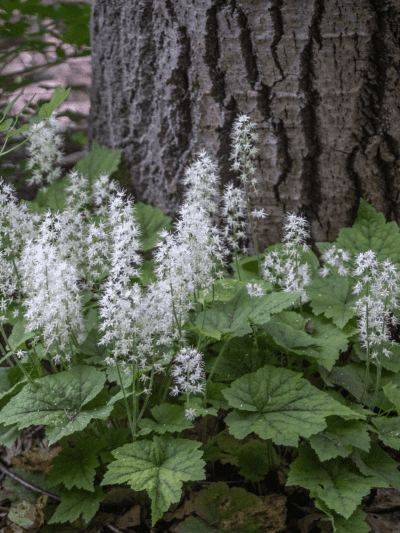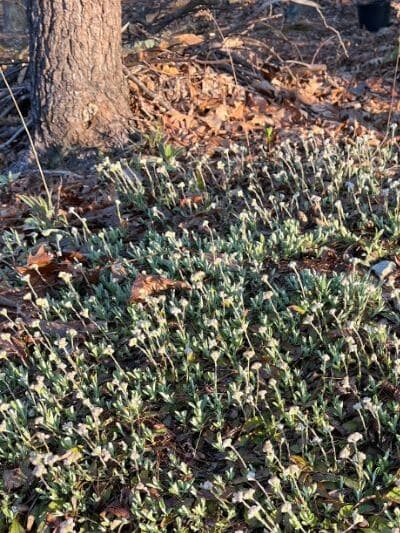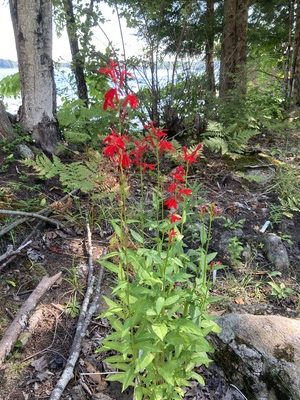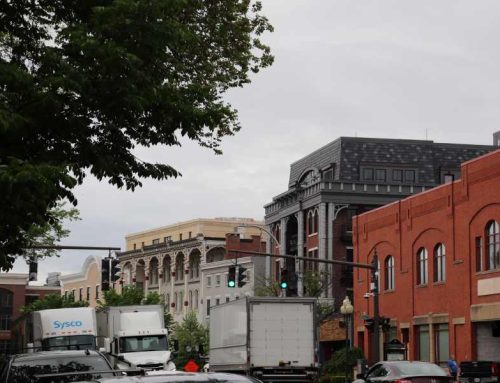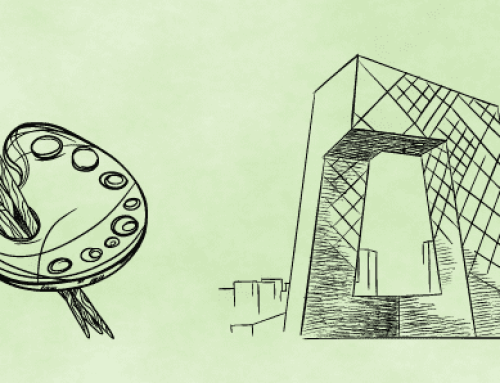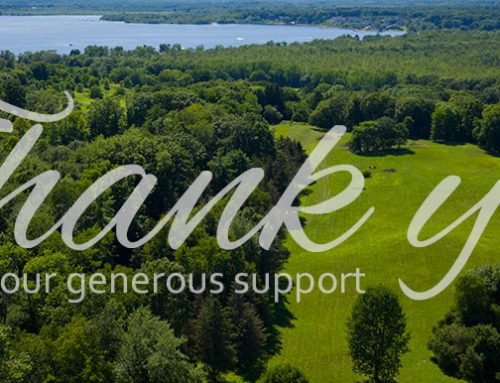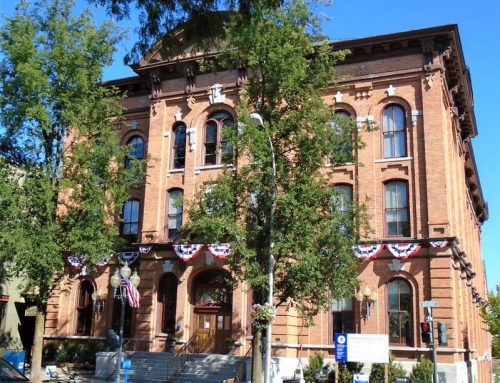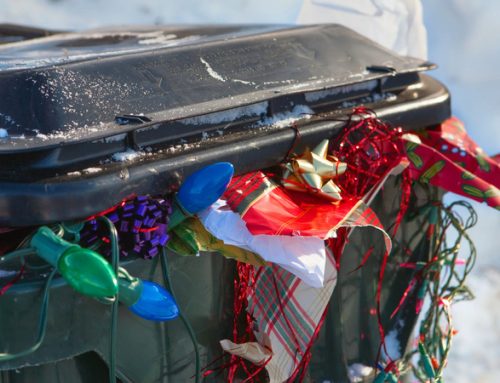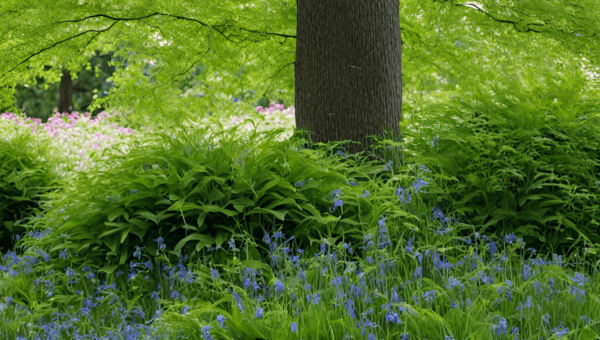
By Dianna Goodwin
If you are planting a tree this spring or working on landscaping around existing trees on your property, consider the needs of pollinators and other small creatures who live in your yard.
Give them a Soft Landing
“Soft landings” are natural landscapes designed for the area under the shade of a tree that take the survival of critters like fireflies and bumblebees into account. Insects need habitat for shelter and egg laying. In nature, that habitat is often under trees. If you think about a natural forest floor, it is covered with decaying plant parts like leaves, twigs, and rotting logs. Collectively, this forest floor covering is known as “duff”. You can create a healthy and ecologically significant microhabitat under your suburban trees by leaving the leaves and twigs that falls from a tree under the tree’s dripline (that is, under the circumference of the canopy above) and planting a diverse array of native shade plants in the natural flower bed that results. The duff provides a soft landing for insects seeking a vegetative substrate or connection with the ground for hiding from predators, pupating, finding moisture, or, in the case of many ground bees and beetles, excavating small burrows for egg laying.
Keep it natural
In order to create a soft landing for wildlife, you need to avoid conventional gardening practices like mowing under the trees, putting down landscape cloth, and adding “neat” wood chip mulch. Wood chip mulch creates an impenetrable barrier for insects trying to reach the ground. And never, ever apply any chemicals to a soft landing natural garden bed, or any pollinator garden. Don’t use insecticides or fungicides or herbicides or fertilizers. The native plants are nourished by the decaying leaves and do not need any other artificial input. Avoid damaging your tree’s roots: start planting about 3 feet away from the tree trunk. Plant seeds or small plugs which require minimal digging. Heather Holm’s website provides detailed information on how to create a Soft Landing bed.
Go native
It is important to use native plants that have been grown without insecticides in your soft landing bed. Avoid cultivars since they are usually less attractive to insects and birds than the original native plant and may provide inferior food rewards for pollinators and sap suckers. Sustainable Saratoga will be selling a number of native perennial shade plants that are suitable for a soft landing bed at the Pollinator Palooza Native Plant Sale on June 1, 2024. Plants anticipated to be offered in this year’s Palooza that will do well under a shade tree are included in this list.
You can also buy native plants online from Prairie Moon or from local native nurseries like Wild Things Rescue Nursery or Catskill Native Nursery. Do not buy plants from any nursery or big box store unless the plants are certified to be grown without pesticides. American Beauties plants are sold in nurseries throughout the region and are safe for wildlife. All other nursery plants are suspect and should not be placed in soft landing gardens as they may be death traps for insects.
Perfect for them and easy for you
Soft landing beds are easy to maintain once established. They don’t need raking or watering or spraying. You just leave them alone and enjoy the show.
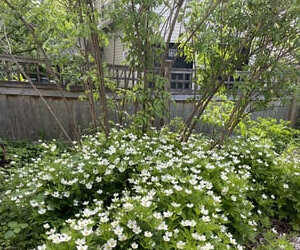
Anemone canadensis, Canadian Anemone


